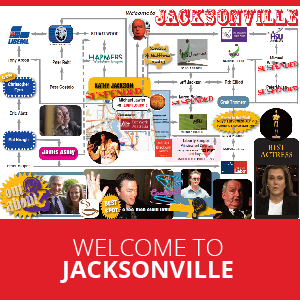As AI’s rapid ascent fuels a global data centre boom, experts warn the rush could trigger economic, environmental and geopolitical fallout, writes Paul Budde.
ARTIFICIAL INTELLIGENCE is moving at an exponential pace and organisations around the world are racing to embrace it. From banking and healthcare to logistics and media, AI is no longer just a laboratory experiment but a rapidly adopted operational tool. This global rush is driving an extraordinary demand for computing power.
To meet this surge, the major hyperscalers – Amazon Web Services, Microsoft Azure, Google Cloud and Meta, with Nvidia providing the critical GPUs – are leading a historic buildout of data centres. Industry analysts expect AI to become one of the fastest‑growing markets over the next five to ten years, with global capital expenditure heading into the trillions.
However, while the growth story is compelling, the full picture carries a number of risks that should temper the current euphoria. My perspective on these risks aligns with sentiments recently expressed in the Financial Times, which drew uncomfortable parallels with the late‑1990s telecoms and dotcom bubbles.
The risk of commoditisation
The early wave of AI adoption commands premium spending as companies scramble to deploy large language models and new generative AI services. But infrastructure markets do not remain premium for long. Just as bandwidth became a commodity after the early‑2000s fibre boom, compute capacity and hyperscale data centres could face the same fate.
If this happens, the world could be left with overbuilt facilities and investors holding assets that no longer generate the expected returns. A rapid fall in the cost of computing, driven by competition and efficiency, could expose this vulnerability sooner than many forecasts assume.
Power and environmental constraints
Hyperscale data centres require vast amounts of electricity, often measured in gigawatts, but most national grids cannot expand at the same pace as AI demand. Realistically, building new generation and transmission capacity takes a decade or more.
Communities in Europe, Ireland and the United States are already resisting new hyperscale projects due to local energy constraints, water usage for cooling and environmental concerns. In some regions, approvals for new centres are paused or restricted because of their strain on grids and climate commitments. These societal and regulatory pressures make the ultra‑aggressive timelines projected by some market analysts look optimistic at best.
Geopolitics and digital sovereignty
AI infrastructure is not immune to geopolitics. There is a growing reluctance among governments and multinational organisations to rely exclusively on U.S.‑based cloud and AI infrastructure. Moves toward digital sovereignty in Europe, the Middle East and the Indo‑Pacific are leading to a more fragmented and regionally distributed development of data centres.
This diversification will inevitably slow the ability of the leading hyperscalers to build at the breakneck speed assumed in bullish scenarios. It will also add complexity and cost, as local regulations, security requirements and energy availability shape where and how AI infrastructure can be deployed.
Smaller, more efficient AI
The technological trajectory of AI itself may further disrupt today’s infrastructure assumptions. Smaller and more efficient AI models, such as the recently discussed DeepSeek approach, suggest that the future of AI may not rely entirely on vast clusters of energy‑hungry GPUs.
If compute and energy requirements drop faster than expected, many of today’s ambitious data centre plans could end up as stranded assets. In that scenario, investors chasing the trillion‑dollar AI infrastructure boom might find themselves with expensive facilities that no longer match the market’s needs.
Lessons for Australia
For Australia, these global trends carry several lessons. Local investors and policymakers are watching the AI wave with interest, and there is talk of expanding regional data centre capacity to attract hyperscale investment. But caution is warranted.
Australia already faces energy transition challenges and adding large hyperscale facilities to the grid could accelerate local strain and drive up electricity costs. Community resistance is also likely to rise if data centres compete with households and industries for scarce renewable energy.
A smarter approach would focus on efficiency, smaller‑scale deployments and partnerships that prioritise sustainable growth rather than chasing the most aggressive global trends. AI will reshape industries here as elsewhere, but rushing into an overbuilt infrastructure cycle risks repeating the hard lessons of the dotcom and telecom bubbles.
Paul Budde is an Independent Australia columnist and managing director of Paul Budde Consulting, an independent telecommunications research and consultancy organisation. You can follow Paul on Twitter @PaulBudde.
 This work is licensed under a Creative Commons Attribution-NonCommercial-NoDerivs 3.0 Australia License
This work is licensed under a Creative Commons Attribution-NonCommercial-NoDerivs 3.0 Australia License
Support independent journalism Subscribe to IA.

Related Articles
- We have a plague of Airbnb landlords
- Air masturbator Geoff Shaw and abortion
- Earth, water and air
- The truth about health impacts of wind farms and infrasound
- Productivity and the myth of labour market 'flexibility'













